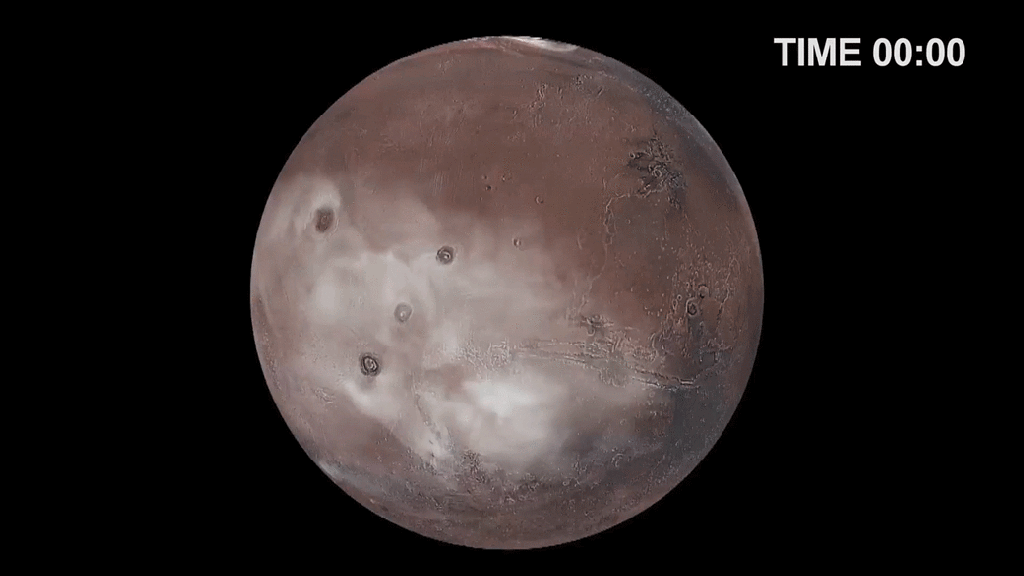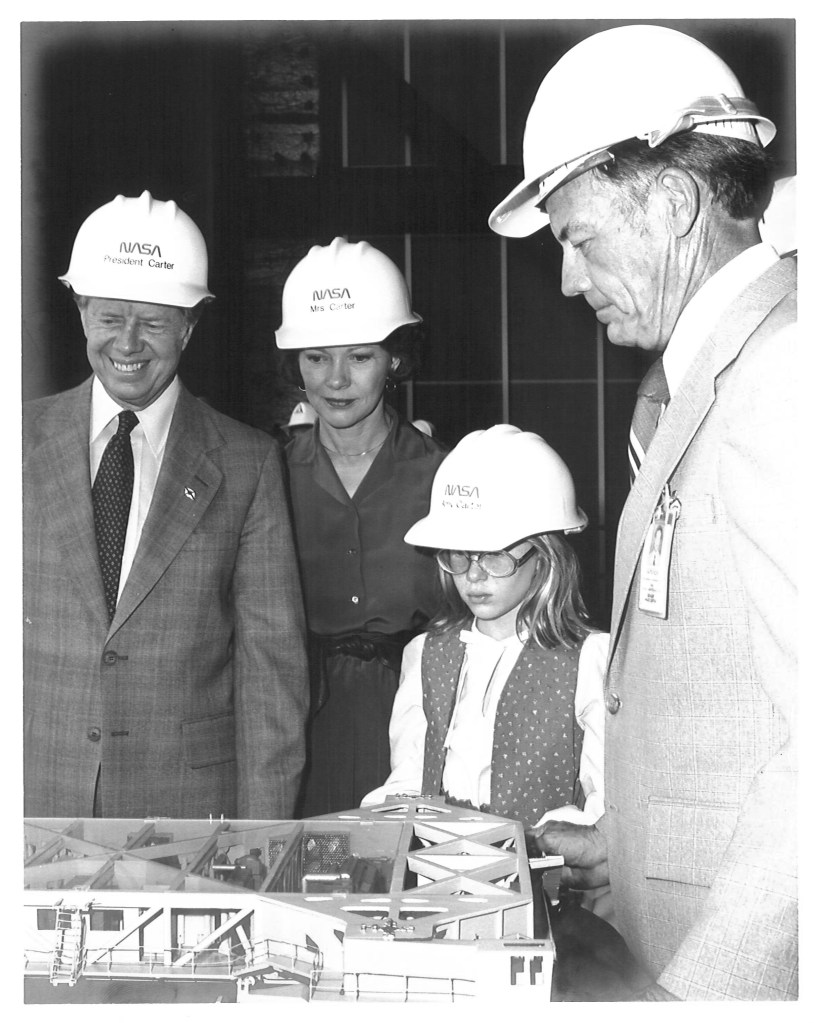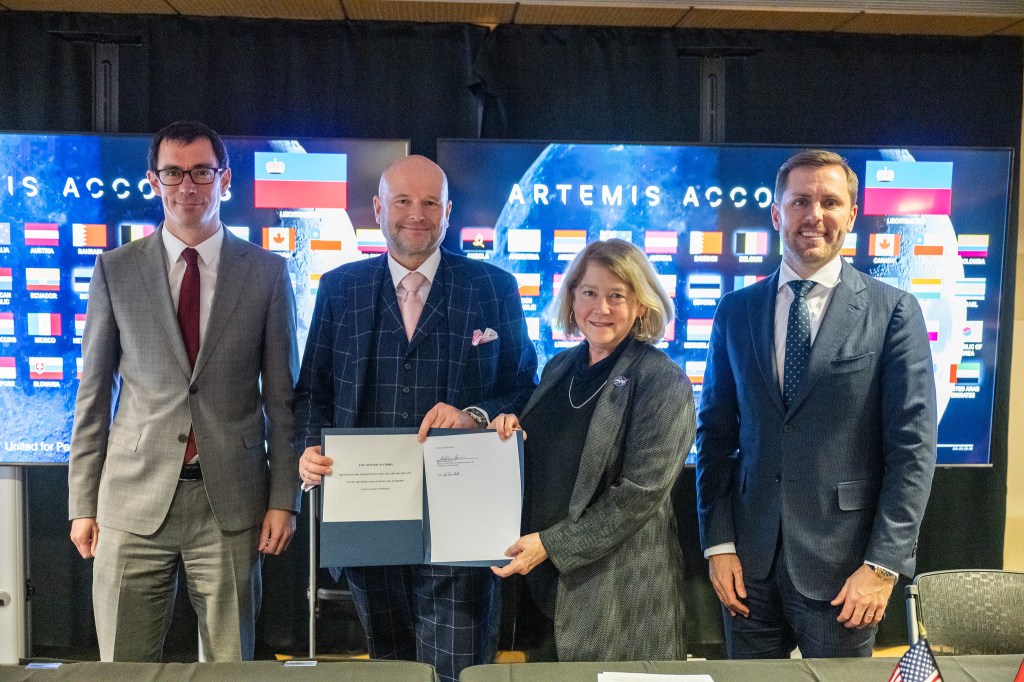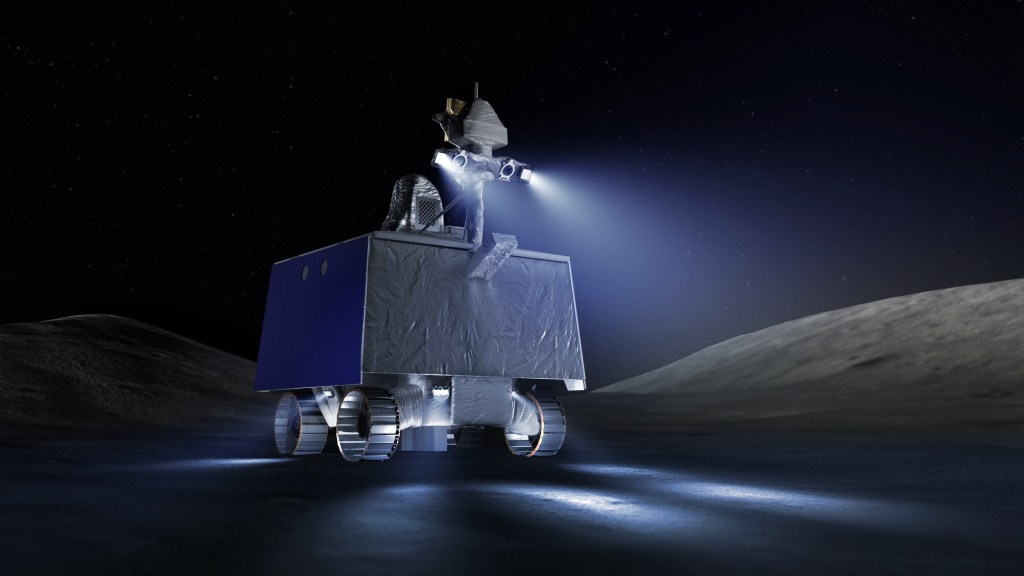
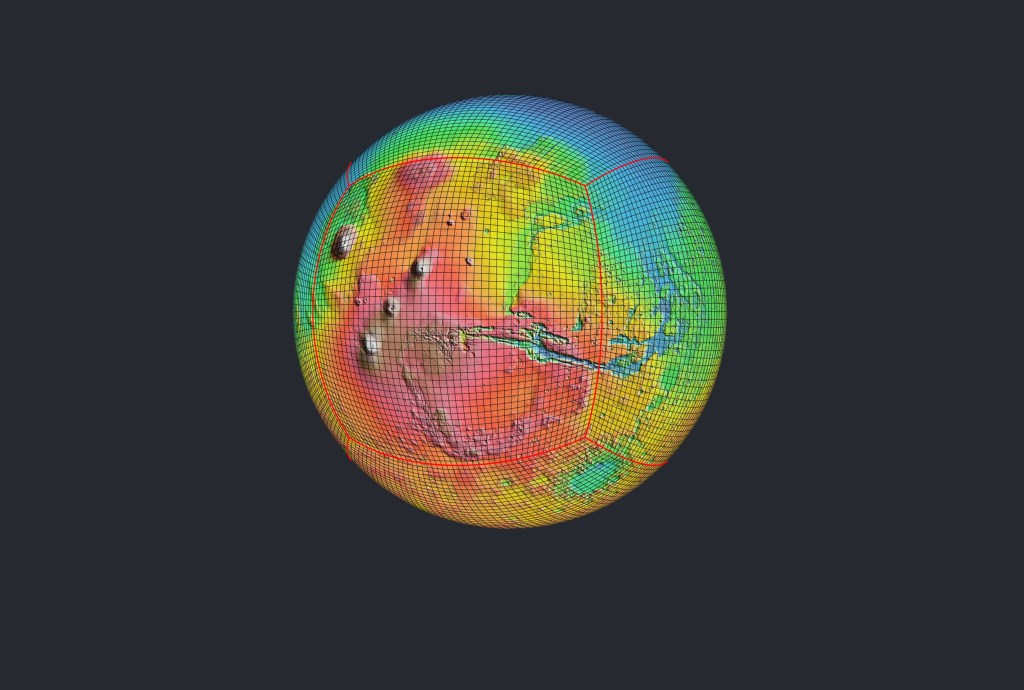
Planetary Systems Branch
Researchers in the Planetary Systems Branch develop new, fundamental knowledge about the origins of stars and planetary systems, their evolution and formation, their environment, and the interdisciplinary area of astrobiology.
Branch Chief
Luke Sollitt
Deputy Branch Chief
Amanda Brecht
Assistant Chief
Sandra Owen
Fields of Research
Planet Modeling
The Planet Modeling group uses physics-driven numerical simulations of natural phenomena in a planetary environment to define what processes and conditions are necessary for such phenomena to occur. These simulations are based on and compared to existing remote sensing and in situ observations. Researchers simulate several aspects of planetary environments, including atmospheric and climate, landform, and geochemical processes. The synergistic relationship between these areas of modeling strengthens our understanding of the whole planetary environment. Planet numerical modeling fundamentally contributes to planetary research at NASA Ames Research Center (ARC) and to NASA’s science vision.
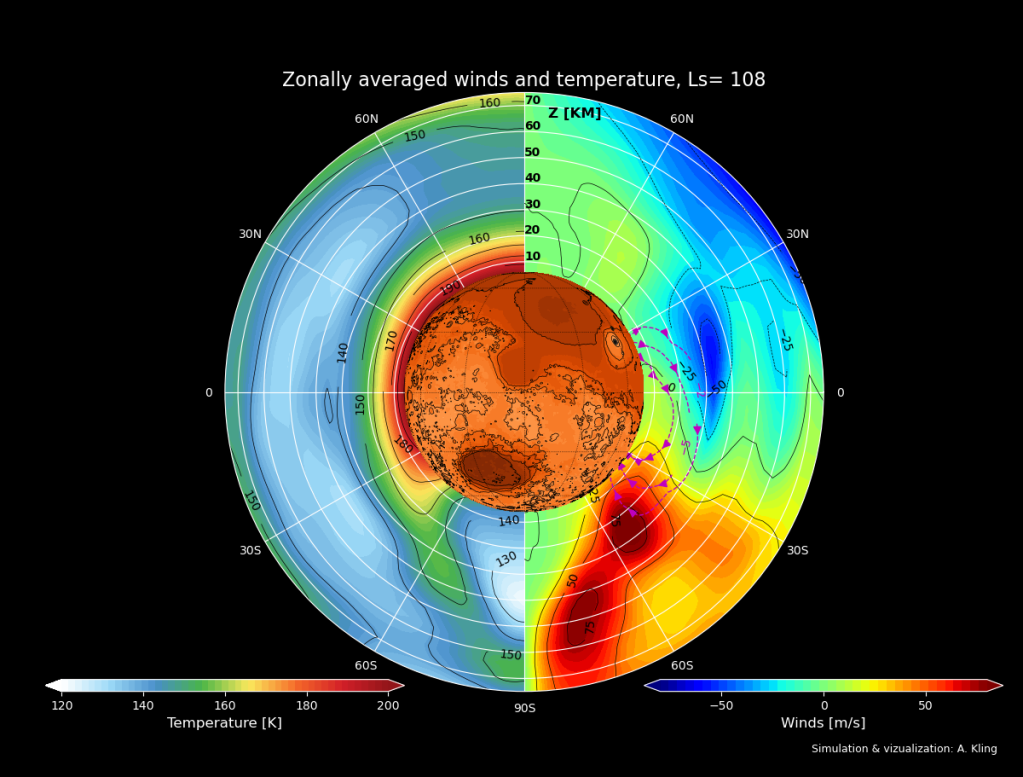
Origins & Evolution of Planetary Systems
The Origins and Evolution of Planetary Systems group provides NASA and the community a unique interdisciplinary resource with a broad range of expertise and a long-term perspective on major outstanding problems not commonly found in academia. ARC is recognized as having the primary agency role in this crosscutting research capability. The team’s research covers the full range of planetary formation from the nebular gas and dust to the planets, satellites and surviving primitive bodies we see today, tying together the disciplines of astrophysics, exoplanetary and planetary science, and meteoritics.
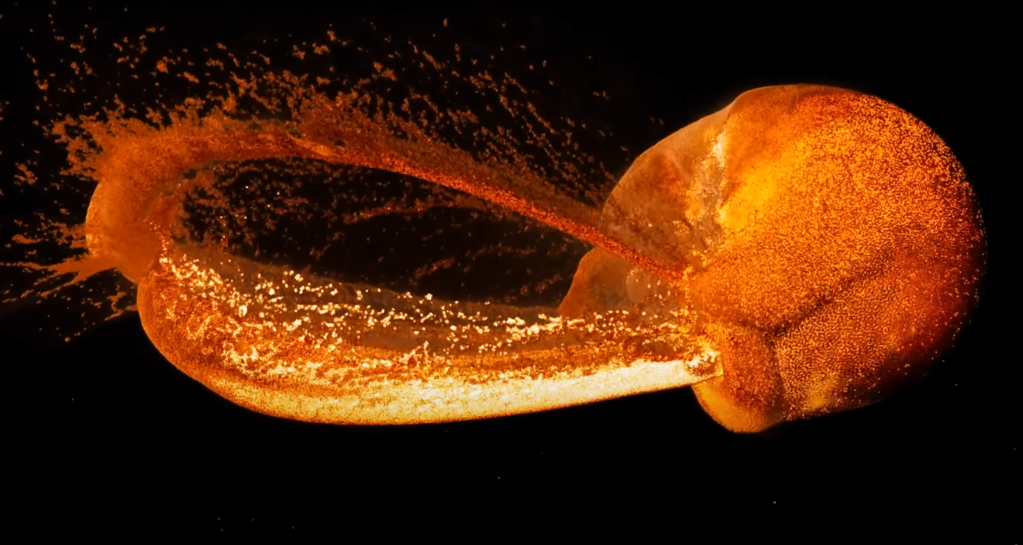
Analog Research & Instrument Development
The Analog Research and Instrument Development group leads innovation, mission design concept development for operations, and field tests in analog environments using Commercial-off-the-Shelf (COTS) and prototype instrumentation through non-simulated scientific field deployments. The Instrument Development component involves the development and technology maturation of instruments for flight missions in the areas of life detection, planetary geology and geochemistry, in situ atmospherics, and in situ resource identification and utilization. The team’s expertise, in partnership with other NASA Centers, government agencies, and commercial partners, focuses on providing Agency leadership in science-driven robotic and human exploration missions as well as planetary mission instrumentation and mission concepts.
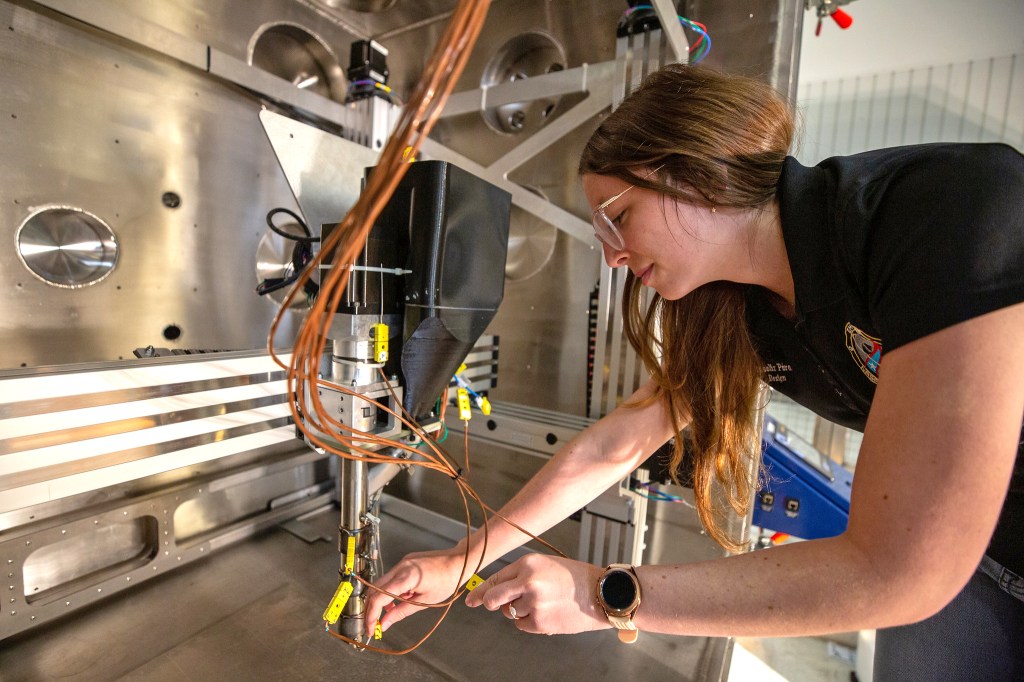
Mars Climate Modeling Center
The strategic goal of the Mars Climate Modeling Center (MCMC) is to develop, maintain, and make available to the community state-of-the-art Mars Global Climate Models (GCMs). The functions of the MCMC that follow from this goal make it a unique scientific research and service organization whose key customers are NASA HQ and the domestic and international Mars atmospheric science and engineering communities. The following core functions of the MCMC are to: 1) Conduct cutting edge scientific research on the atmosphere and climate of Mars; 2) Develop and maintain state-of-the-art models; 3) Provide access to the models and output; 4) Support NASA Missions; and 5) Educate, engage, and form partnerships with the community.
